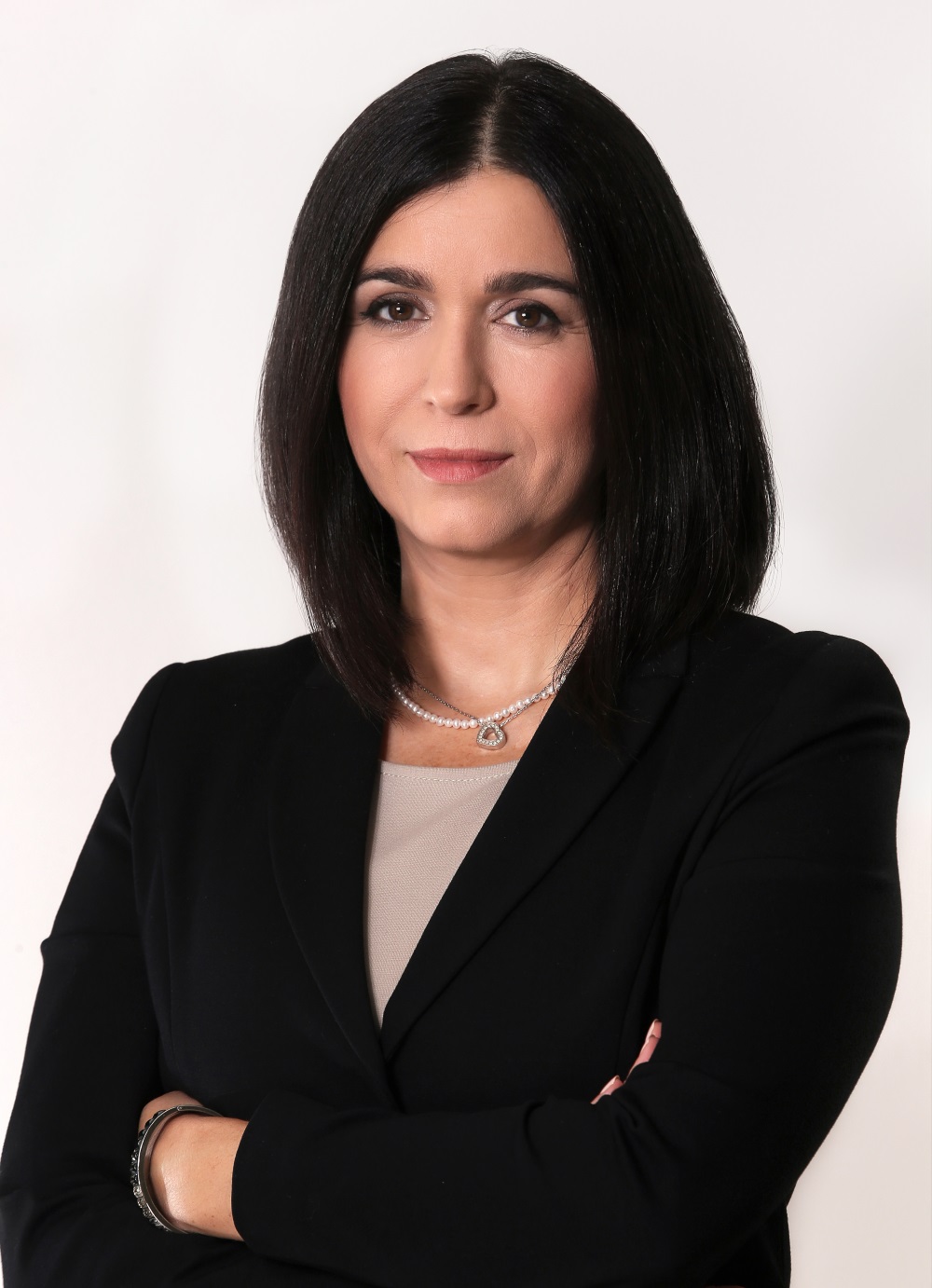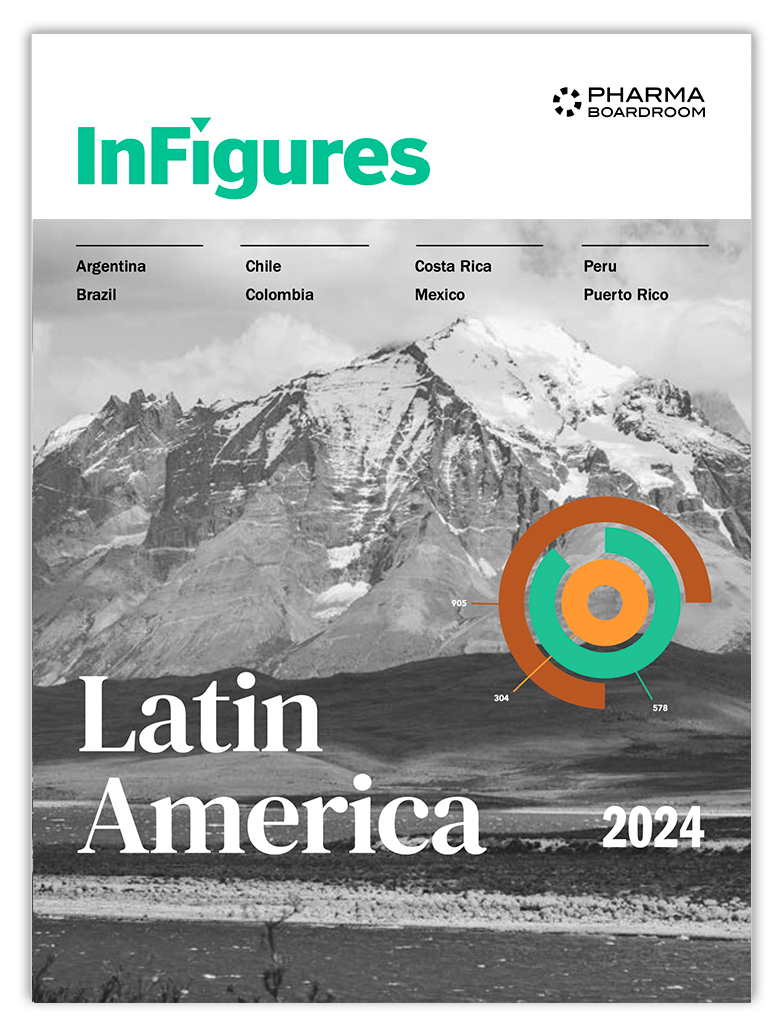Dr. Natasa Klicko, General Manager of Roche Slovakia, outlines the challenges and opportunities for the company in the country; their strategy of going “beyond the pill” to partner with and provide value to all healthcare stakeholders; the importance of data and methodology in the debate on market access; and Slovakia being the perfect country for innovation.
You joined Roche Slovakia as Managing Director nearly seven months ago, coming with significant experience in the entire Adriatic region. What have been your first impressions of this market?
The Slovakian healthcare system shares many commonalities with other countries of Central and Eastern Europe.
The major difference that I largely appreciate is that Slovakia is very advanced in terms of the transparency that surrounds the interactions between healthcare professionals and the pharma industry. Like all other European markets Slovakia fully complies with the European Federation of Pharmaceutical Industries and Associations (EFPIA) Disclosure Code that publicizes ‘transfers of value’ between healthcare entities and pharma companies. But in parallel to this voluntary industry initiative, local legislation requires all interactions to be publicly disclosed too. This shows Slovakia’s commitment to transparency within the pharma industry.
It also highlights the value that the pharma industry brings to the healthcare sector. Pharma companies contribute significantly to the education of healthcare professionals by organizing their own educational events focused on therapeutic options within their portfolios as well as financially supporting independent educational events. Receiving a sponsorship for the attendance at such educational events is treated as income and therefore taxed. Therefore, academics and medical professionals willingness to participate in these programs is testament to their value.
Why did you choose to take up this position?
My career began with AstraZeneca, non-diversified innovation-driven company. Subsequently, I decided to move to a highly diversified Sanofi because I wanted to gain experience in other therapy areas as well as other lines of pharmaceutical business such as OTC and generics business. Geographically, it expanded my horizons as well because I managed the entire Adriatic region
These were all great experiences but I eventually realized that what really made me tick was patient focused innovation-driven pharma. On top of unrivaled current portfolio and future pipeline, Roche in particular really attracted me because of its values: to work at Roche, you need to be fully dedicated to patients and see yourself as being part of the system rather than pushing back against it. Roche takes a very holistic perspective of its position in the healthcare ecosystem and it understands the needs and expectations of other stakeholders like the payers and society.
[Featured_in]
Furthermore, at Roche, innovation is about connecting many dots in an interdisciplinary manner and moving away from a myopic focus on products itself. There is proximity to decision-making and you find a level of independence and empowerment not common in other large companies. One can always adapt to different company cultures’ but when you really fit in with company values and culture, work becomes energizing instead of exhausting, and this is how I feel with Roche!
With Slovakia specifically, I seized the opportunity because, coming from a regional position, I wanted to focus on a specific market to feel the impact of my work. There was also the benefit that Slovakia is geographically, culturally and linguistically very close to Croatia where I am originally from. Compared to other Eastern European countries, Slovakia has slipped under the radar thus far and I think it deserves much more exposure.
What are your priorities for the local operations here?
Roche’s fundamental priority is to ensure that Roche products are accessible to every patient that needs them. In Slovakia, the central focus is on policy shaping and the creation of an environment in which innovation is recognized and valued appropriately. Everything else relies on this, so this ultimately impacts our topline. Roche has a very strong pipeline globally, but since 2011 only a limited number of new products has entered the Slovak market. We need to further expand access to our products so that Slovak patients can benefit from them. This is even more important given that some of our products are now maturing, so there is a limit to what Roche can continue to do unless readiness to reward innovation exists.
Beyond that, the pharma industry is undergoing significant restructuring. Ten or fifteen years ago, the pharma industry was conventionally seen as slow-moving, with maybe one product launch a year. This has completely changed today; the environment is so much more rapid and dynamic! The way we communicate with our customers is changing and the competences required for the pharma industry are shifting. The value of the pharma industry is now being redefined as something that extends beyond just the products that we launch. This means less emphasis on sales force and more on medical affairs and market access – the other side of the equation. The line between the pharma industry and the healthcare system as a whole is blurring, and stakeholders now realize that pharma companies can become much more than just “purveyors of pills”. This is something we at Roche – and also as an industry – need to respond to.
How does Roche differentiate and position itself within the Slovak market in light of these developments?
Currently, our strength remains the strong heritage of Roche in Slovakia. We were one of the first in this market and our product revolutionized cancer treatment. Roche undeniably contributed strongly to significant improvements in cancer treatment outcomes. That is our legacy. Moving forward, I am confident that we will continue to bring excellent products to the market, but we want to differentiate ourselves by providing value beyond the product by acting as partners to all stakeholders in the market. We do still want to grow the business and we cannot neglect size as a metric but that is not where the difference between Roche and our competitors will be.
[related_story]
Roche’s advantage is our robust focus on oncology. Although that area is facing increased competition, we still have and will continue to have a very strong position in the oncology field.
Major part of our business in the country is generated from oncology and hemato-oncology. However, these are mainly mature products, so the ability to bring new products to market is critical to our continued success. As an affiliate, we follow the global pipeline and we currently have eight registered products pending reimbursement here and expect another three to reach market over next two years. But market access in Slovakia is not easy. For instance, one of the eight products is a metastatic breast cancer treatment that extends patients’ lives by two years but it is not currently available to them, which is heartbreaking. These products represent innovations in breast cancer, lung cancer, bladder cancer, multiple sclerosis and hemophilia. Our pipeline is very rich and exciting, but we need to be able to introduce them to the Slovak market.
You mention market access being a bottleneck in Slovakia. What are the key issues at the moment?
Slovak government is currently preparing its 2017 budget and there is an ongoing public debate about where the state should invest. Representing the large portion of public spend, healthcare is traditionally under scrutiny. There is a shared recognition of importance of competitive health outcomes among various stakeholders, but there is less alignment on how to improve health outcomes. While new innovative treatments are appreciated as significant contributors to improved health outcomes, short term economic considerations seem to outweigh value of innovative drugs.
This has all been compounded since the end of 2011 introduction of the cost-effectiveness threshold (ICER) for new drugs. Pressured by the economic crisis and increasing healthcare expenditures, the Ministry of Health introduced a threshold value of costs/QALY (quality-adjusted life-year) as the only criterion for the inclusion of innovative, ‘first-comer’ products on the reimbursement list. This works for some products but not the majority. Since 2012, out of 45 newly registered oncology drugs only 8 products have been granted limited reimbursement. Eligible patient population that can get these drugs reimbursed is significantly narrower than the one defined by products label (registered indications). Percentage of patient population with access to new medicines varies largely among different diagnostic groups and can be as low as 10%, often with poorly defined criteria.
Another important issue is the data on Slovak healthcare sector. It is not about the lack of the data but about consistency, interpretability and different sourcing that makes data unanalyzable. The absence of reliable data drives a poor perception of the transparency system and leads to some superficial and misleading conclusion. The worst cases could happen when comparing such kind of data with surrounding countries in region to create the benchmarks. Even positive approach of the authorities to innovations in treatment that are – without any doubts – improving the health outcomes could be driven to dead end and this is a risk for patient access to innovative medicine.
Good data is necessary to make proper decisions. I fully agree with an emphasis on outcome-based decision-making but the methodology needs to be clear, transparent and appropriate.
What can feasibly be done to improve market access in Slovakia?
The Association of Innovative Pharmaceutical Industry (AIFP) has a very clear strategy to support increased access to innovation, most notably through their work on the reimbursement regulation update proposal. The AIFP is currently involved as an active partner in the definition of a framework on the regulation of drug exports to manage product availability in the Slovak as well as regulation on drug reimbursement.
More generally speaking, dialogue is critical. No progress will be made if industry and government do not communicate and cooperate. The industry needs to understand that there must be flexible price agreements aligned with the ability of the country to pay, while the government needs to recognize and fairly reward the value of innovation and new technology. I would like to see significant changes in the market access environment to allow innovation to enter the Slovak market in a sustainable manner.
A few words to conclude Dr Klicko?
Roche is committed to innovation – and Slovakia is the perfect country for innovation. Its size is an advantage because it provides a manageable setting to test new systems and ideas. Decision-making occurs much quicker, there is a smaller number of stakeholders needed to reach consensus, pilot studies are easier to conduct and the costs of innovation are lower. Compared to other Eastern European countries, Slovakia has slipped under the radar thus far but it is a fascinating market and it deserves much more exposure.
Roche is committed to patients – and Slovakian patients deserve equal access to new technologies as their European fellow citizens.







